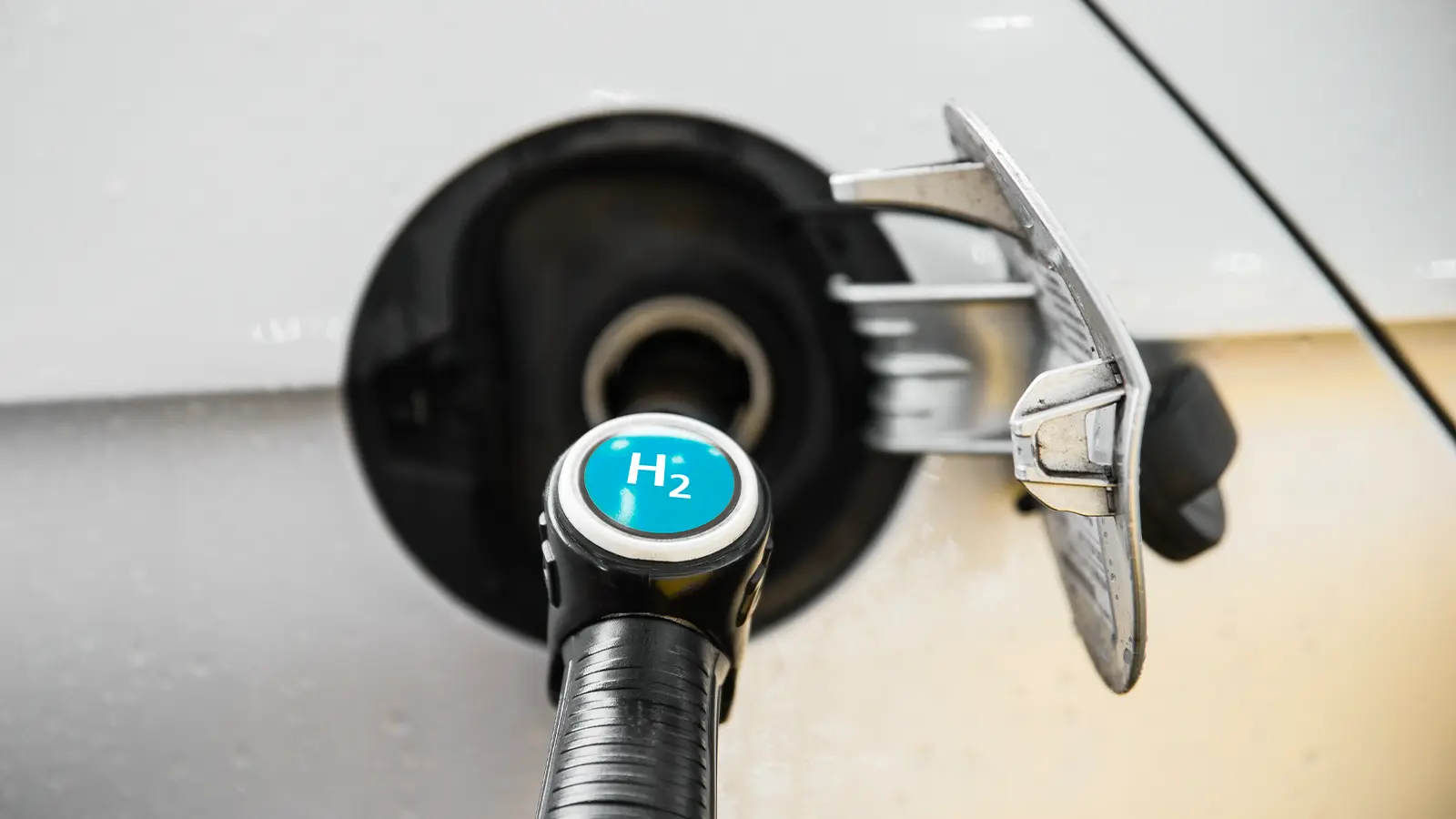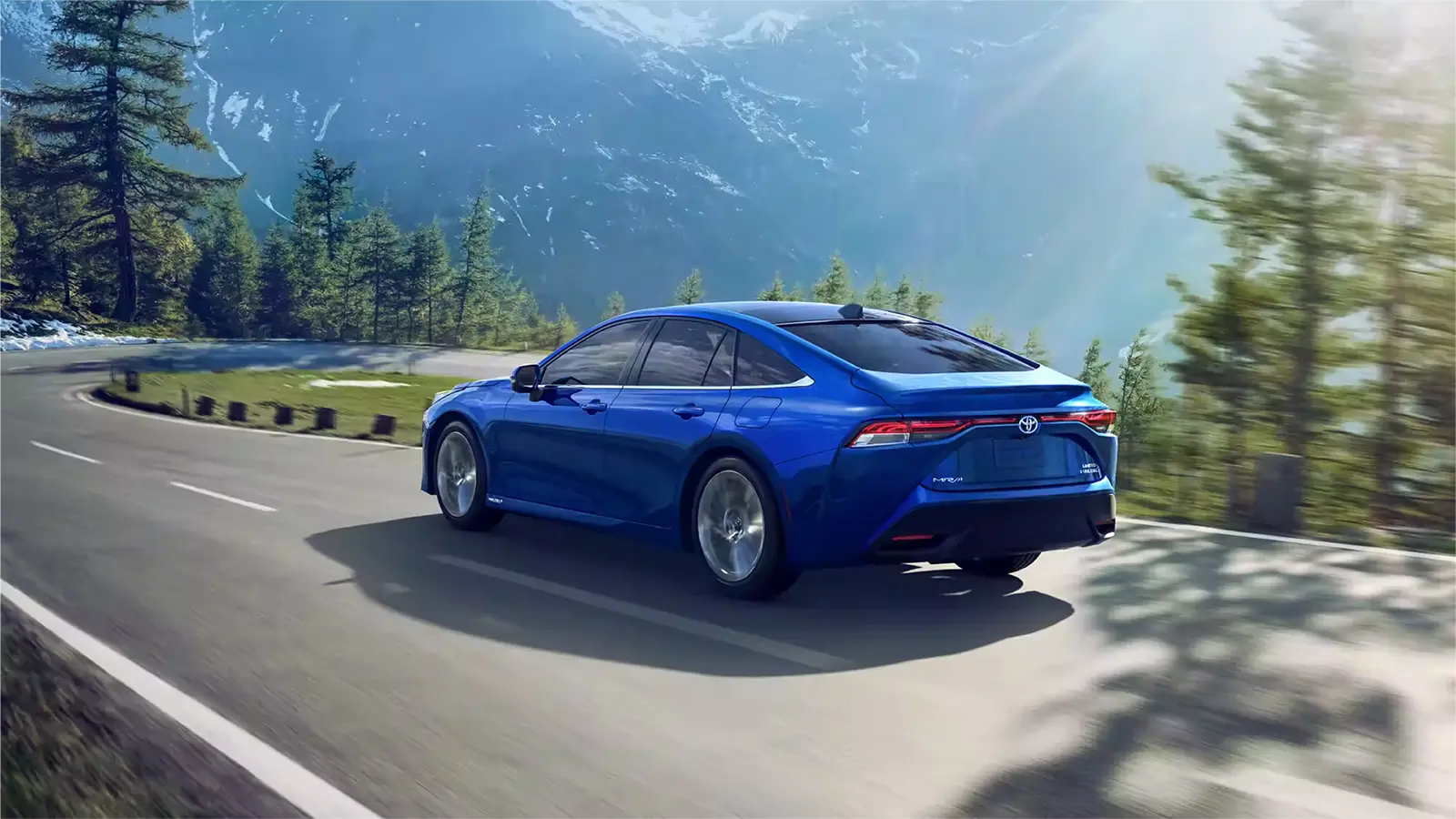A Look Inside Fuel Cell Technology and Hydrogen-Powered Cars
Hydrogen vehicles may look like regular cars from the outside, but underneath the hood they operate in a completely different way. Unlike gasoline cars that rely on combustion or electric vehicles that store energy in batteries, hydrogen vehicles create their own electricity through a fuel cell system. The result is a smooth, quiet ride with zero harmful emissions.
In this article, we break down the key components of hydrogen vehicles, how fuel cells generate power, and what makes these cars unique in everyday driving.
The Basics of a Hydrogen Vehicle
Hydrogen vehicles are part of the electric car family, but instead of drawing electricity from a wall outlet, they generate it onboard. Here's how the process works:
- Hydrogen Storage: Compressed hydrogen gas is stored in secure, high-pressure tanks inside the vehicle.
- Air Intake: Oxygen from the outside air is pulled into the system.
- Fuel Cell Stack: Hydrogen and oxygen meet in the fuel cell, where a chemical reaction occurs. This reaction generates electricity to power the electric motor.
- Electric Motor: The electricity from the fuel cell drives the wheels, providing instant torque and acceleration.
- Byproduct: The only emission from this process is pure water vapor, which exits through the tailpipe.
The Fuel Cell Stack: Where the Magic Happens
The fuel cell is the heart of a hydrogen vehicle. It is made up of many thin cells stacked together, each consisting of an anode, a cathode, and an electrolyte membrane.
- At the anode, hydrogen molecules are split into protons and electrons.
- The electrons travel through an external circuit, creating an electric current that powers the motor.
- The protons pass through the electrolyte membrane and combine with oxygen at the cathode to form water.
This entire process happens quietly, efficiently, and without combustion.
Supporting Components
Hydrogen vehicles also contain several other systems that support performance and efficiency. These include:
- Battery Pack: Stores excess electricity, often captured through regenerative braking.
- Power Control Unit: Manages how energy flows between the fuel cell, battery, and motor.
- Cooling Systems: Keeps the fuel cell operating within optimal temperature ranges.
- Hydrogen Tanks: Made of carbon fiber or composite materials to safely hold compressed hydrogen gas at up to 10,000 psi.
These components work together to deliver consistent power with minimal maintenance.

Driving Experience
Because hydrogen vehicles are powered by electric motors, they offer many of the same benefits as battery electric cars:
- Instant torque for quick acceleration
- Quiet operation with minimal vibration
- Smooth power delivery across all speeds
Unlike traditional EVs, hydrogen cars do not require long charging sessions. Refueling takes about five minutes at a hydrogen station, making them feel more familiar to drivers used to gas-powered cars.
Efficiency and Emissions
Hydrogen vehicles produce zero tailpipe emissions. The only output is water. Their efficiency is also impressive:
- FCEVs can achieve over 60 miles per kilogram of hydrogen
- Typical driving ranges exceed 300 miles per tank
- Refueling time is comparable to gasoline vehicles
Because hydrogen fuel cells are more efficient than internal combustion engines, drivers enjoy lower emissions and solid range without the carbon footprint.
Wrap-Up
Hydrogen vehicles are powered by cutting-edge technology that transforms hydrogen into clean, usable electricity. With quick refueling, long range, and an electrified driving experience, they provide an innovative solution for drivers looking to reduce their environmental impact without sacrificing convenience.
Your Hydrogen Learning Journey Continues
Exploring hydrogen vehicle fundamentals:
←Go Back: What Is a Hydrogen Vehicle?
Discover Next: Hydrogen vs Electric vs Hybrid →












